

2708-9517
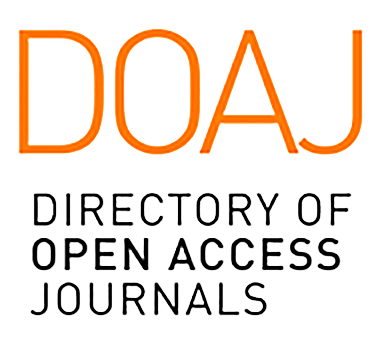
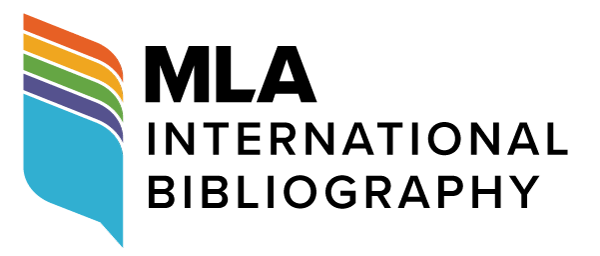
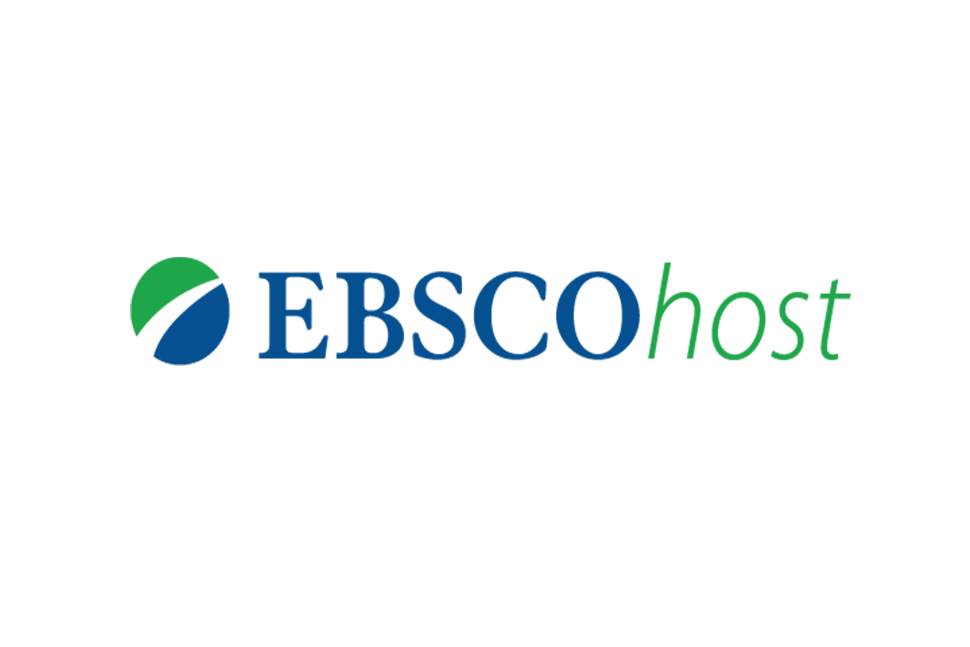
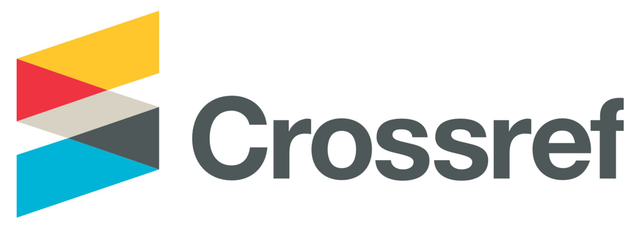

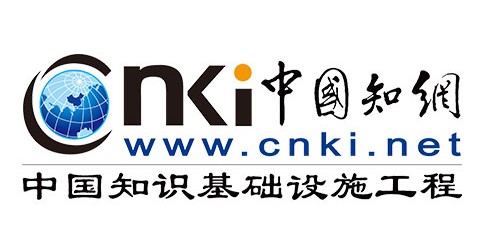


MLA Directory of Periodicals
REAO: East Asian Studies Journals
EBSCO Education
ProQuest
Google Scholar
Semantic Scholar
ROAD
BASE
Helka Helsinki Library
Baidu Scholar
Ex Libris
Jouroscope
US Department of Commerce Research Library
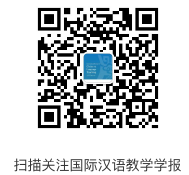
Style Guide for English Manuscripts
(Download the full style guide)
Authors preparing manuscripts for submission to International Journal of Chinese Language Teaching should follow the following style guide, which is mainly based on APA style (7th edition):
Language
Main Text File
As papers are double-blind peer reviewed, the main text file should not include any information that might identify the authors. The main text file should be presented in the following order:
1.Title, author names and affiliations, abstract and keywords
2. Main text (with Tables and Figures complete with captions and legends)
3. Acknowledgements (if relevant)
4. Funding (if relevant)
5. Notes (if relevant)
6. Appendices (if relevant)
7. References
8. Author bio
Font and font style
Title
--ideally no more than 15 words
--capitalize the first alphabet in each concrete word
Name and affiliation
--list all author names and affiliations
--for co-authored papers, identify the corresponding author (s) and provide email (s)
Abstract
--no more than 250 words
--written as a single paragraph without indentation of the first line
--contain an informative summary of the main points, including, where relevant, the purpose, methodology (including specific names of scales/tests and types of questionnaire), type of data, special characteristics of subjects used, and conclusions
Keywords
--three to five keywords describing the content, each separated by a comma
--only the first alphabet in the first key word should be capitalized
Section numbers
--use the decimal system of headings with no more than four levels (e.g. 1.1, 1.1.1, 1.1.1.1).
Tables
--must be referenced and discussed/ interpreted in main text
--Format:
Table 1
Heading in with Initial Letters in Capitalization, Except for Articles and Short Prepositions
Table lines: only make visible top, bottom, and heading horizontal lines, no vertical lines, no cell horizontal lines
Figures
--include good quality figure image as a separate file in jpg or tiff format.
--must reference figure in main text.
--image must be in good quality.
--caption: under figure itself, centered text.
--format:
Figure 1
This is a Sample Figure Caption
In-text Citations
Parenthetical citation examples
(Koehler, 2016)
(Koehler, 2016, p. 15)
(see Koehler, 2016, for more detail)
(e.g., falsely balanced news coverage; Koehler, 2016)
When citing multiple works parenthetically, place the citations in alphabetical order, separating them with semicolons:
(Adams et al., 2019; Shumway & Shulman, 2015; Westinghouse, 2017)
If multiple sources are cited within the narrative of a sentence, they can appear in any order:
Suliman (2018), Gutiérrez (2012, 2017), and Medina and Reyes (2019) examined . . .
Translated, Reprinted, Republished, and Reissued Dates
References to translated, reprinted, republished, or reissued works contain two dates in the in-text citation: the year of publication of the original work and the year of publication of the translation, reprint, republication, or reissue. Separate the years with a slash, with the earlier year first:
Freud (1900/1953)
(Piaget, 1966/2000)
Notes
--do not use footnotes, use endnotes
--in-text reference to endnotes: superscript numbers, not linked field but regular text
Appendix
--list appendix with Arabic numbers, like “Appendix 1” “Appendix 2”
--if there is only one appendix, do not use Arabic number 1, just label it “Appendix”.
References
Important points:
--Journal article titles and book titles use sentence cases, namely only the first word (and the first word of subtitle) should be capitalized.
--For book entries, do not include locations for publishers.
--Provide DOIs for all entries (including journal articles and books) if available. Do not put a period after a DOI or URL because it may interfere with link functionality.
Journal Entry Format
Surname, I. (Year). Title of the article. Title of Journal, volume number (issue number), page-page. DOI
Entry Format for Books
Surname, I. (Year). Book title: Subtitle. Publisher.
Surname, I. (Year). Title of book. Publisher. https://doi.org/xxxxx
Entry Format for Book chapters
Surname, I. (Year). Title of chapter. In I. Editor (Ed.), Title of book (pp. xx-xx). Publisher.
Entry Format for Edited Books
Surname, I. (Ed.). (Year). Title of book. Publisher.
中文来稿体例
(下载完整版体例)
一、来稿范围
本刊欢迎运用当代语言学理论研究汉语语言本体和汉语教学的研究论文,具体包括以下方面(但不限于):
1、汉语本体研究,包括现代汉语文字、语音、词汇、语法和语篇研究等;
2、汉语教学研究,包括教学材料设计和开发、教学法、教师发展、汉语作为第二语言的习得、语言测试与评估、语言政策、语言与文化、科技与语言教育等各个方面。
二、 字数
论文正文字数应控制在1万字以内,但摘要、致谢、附录以及参考书目不计算在内。
三、稿件构成
1. 中、英文标题
2. 中、英文作者姓名、作者电子邮件
3. 中文摘要(不超过300字)、英文摘要(不超过250词)
4. 中、英文关键词(不超过5个)
5. 正文
6. 文末注释(如需要)
7. 附录(如需要)
8. 参考文献
9. 中、英文作者简介(不超过100字)
三、字体:
1、题目:宋体14号, 粗体
2、正文:中文 宋体12号
3、引文:中文 楷体12号
4、尾注:中文 宋体12号
四、行文规范
1.每一段第一行第一字前空两格
2.引文用双引号(即 “ ”),如引文中又有引文,则后者用单引号(即‘ ’)
3.二十字以内的引文,纳入正文行文,外加引号;超过二十字,应另行引录,引录部分第一行空四字位,以下各行第一字均空二字位,不须另加引号;单独成段引文改用楷体,上下段不用空行。直接引语的内容如果与引语外内容属于同一句,则句号放在夹注右括号之后;如直接引语单独成句,则句号仍在引语内;夹注置于右双引号之后,其后直接跟下一句子。
4.章节层次可以分为若干级,统一用阿拉伯数字表示,如1.1、1.1.1,但层级以不超过3级为宜。如在3级以下仍需分层,则采用(1)、(2)、(3)… ,①、②、③…编序。
5.例句编号采用(1)(2)(3)的形式编排,所有例句分章连续编号。
6.图表格式。图序、表序以阿拉伯数字连续编号,后面加圆点符号,如“图1.”“表1.”;图序和图题居中排于图的下方,表序和表题居中排于表的上方。
7.如需注释,一律采用尾注,每注一行;正文需要在注释处的右上方按顺序加注数码1、2、3、…,注释号码用阿拉伯数字。
五、参考文献格式
1、行文体例
行文中文献引用采用下列格式:文秋芳(2009)。文献作者如果是两个人的,两个名字之间加顿号,如“吕叔湘、朱德熙(1952)”。英文作者的格式是在两个姓之间加&号,如“Li & Thompson (1981)”。文献作者如果是三人或三人以上,参引时仅引第一作者的名字。中文的格式是在第一个作者名字之后加等字,如“夸克等(1985)”;英文的格式是在第一作者的姓之后加拉丁缩略语“et al.”,如 “Quirk et al. (1985)”,et al.为斜体。但文后参考文献内必须将所有作者姓名列出。
括注采用下列格式:(文秋芳,2009)。多个文献之间用顿号隔开,如(文秋芳, 2009、2010)。一篇文献多个作者的,用顿号隔开,如(文秋芳、王海啸,1996)。多个作者之间用分号隔开,如(文秋芳,2009;黄国文,2008)(文秋芳、王海啸,1996)。如引用多项,则按照出版年顺序排列。文献作者如果是三人或三人以上,参引时仅引第一作者的名字。中文的格式是在第一个作者名字之后加等字,如“(夸克等,1985)”;英文的格式是在第一作者的姓之后加拉丁缩略语“et al.”,如 “(Quirk et al.,1985)”,et al.为斜体。
引自专著的观点应注明页码,如:朱德熙(1982:95-97),Leather(1983:204)或(朱德熙,1982:95-97),(Dogil et al., 1996:481)。
2. 参考文献排列
主要责任者:专著作者、论文集主编、学位申报人、专利申请人、报告撰写人、报刊文章作者、析出文章作者。多个责任者之间用顿号“、”分隔。主要责任者之列姓名,其后不加“著”、“编”、“主编”、“合编”等责任说明。
版本项:相关缩写形式包括“ed. (版本);rev. ed.(修订版);2nd ed.(第二版)”等,注意序数词不必上标。
文献条目按作者姓氏(中文姓氏按其汉语拼音)的字母顺序、中外文分别排列。外文文献在前,中文文献在后。
同一作者不同时期的文献按出版时间的先后顺序排列,同一年的出版物按照文献标题首词的顺序排列,在出版年后按顺序加a b c以示区别。
外文书名以斜体书写,仅篇名首字母大写;外文论文篇名正体书写,仅篇名首字母大写。外文刊名以斜体书写,实词首字母大写。
期刊名称后的数字是期刊的卷号,通常是每年一卷,每卷统一编页码。如没有卷号只有期号,则期号须置于圆括号内;如有卷号但每一期单独编页码,须在卷号后标明期号并将期号置于圆括号内。
中文文献排列格式
朱德熙(1982)《语法讲义》,商务印书馆。
胡明扬(1996)《汉语方言体貌论文集》,江苏教育出版社。
教育部高等教育司(2007)《大学英语课程教学要求》,上海外语教育出版社。
葛岱克(2009/2013)《职业翻译与翻译职业(刘和平、文韫译)》,外语教学与研究出版社。
Shuttleworth, M., & Cowie, M.(1997/2005)《翻译研究词典(谭载喜译)》,外语教学与研究出版社。(此处作者名未译出)
文秋芳(2019)从英语国际教育到汉语国际教育:反思与建设,《世界汉语教学》,3:291-299。
刘丹青(1996)苏州方言的体范畴系统与半虚化体标记,胡明扬主编《汉语方言体貌论文集》,江苏教育出版社。
黄敏(2001)论语篇中现代汉语“时”的表达及功能,复旦大学博士学位论文。
张谊生(2001)助词“被”的使用条件和表义功用——简论“被”的语法化历程,首届汉语语法化问题国际学术讨论会,南开大学。
邹申(2018)初探《量表》在英语专业写作教学与测评中的应用,第二届英语教学与测评学术研讨会,北京师范大学。
詹卫东(2012)复合事件的语义结构与现代汉语述结式的成立条件分析,(2013-3-13)。http://www.f.waseda.jp/ksunaoka/corpus/zhanweidong20100802.pdf
胡印斌(2001)“千余条汉语词条入选牛津词典”的文化幻象,《中国青年报》(3-11):09。
英文文献排列格式
1.按照APA7格式排版
2.期刊文章题名、著作题名只首单词的首字母大写,其他单词小写
3.期刊名、著作题名用斜体
4.著作类条目不再列出出版地信息
5.文献如果有DOI信息,提供DOI信息